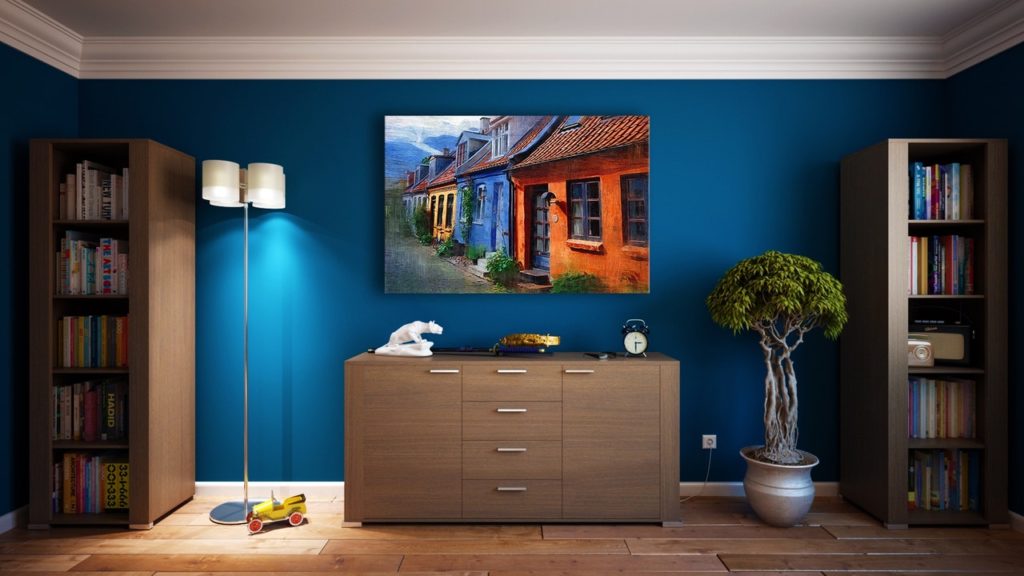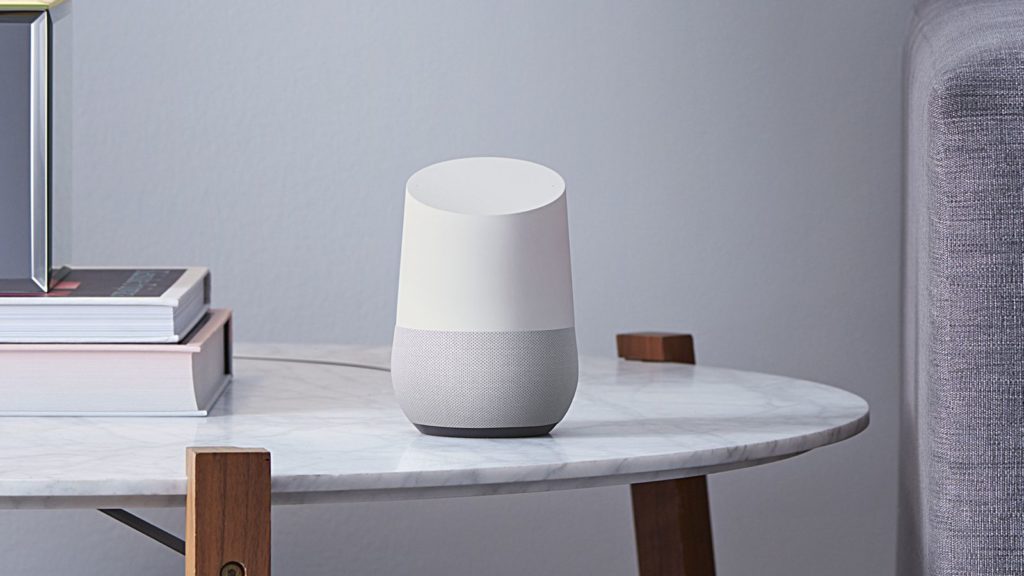I’ve always found it odd that people refer to it as “smart home”.
To me, having a light or washing machine that is “smart” or connected to Wi-Fi doesn’t seem to be very useful. I mean, sure, it’s different and sometimes fun but people don’t buy washing machines “for fun”. They buy them to be useful!
Personally I’ve always believed heavily in smart homes but not because they’re smart. I believe in them because once something is connected it can be automated. This is where the real power comes from and what many people miss.
Table of Contents
How smart is your home?

Probably not very. Most homes these days are almost entirely static or “dumb”. They’re not automatic or even connected up to each other in any way.
You might have a Google Chromecast or even a Philips Hue light bulb but I’d guess that’s probably about it. And that’s a shame because home automation really does feel like you’re living in the future. The costs for making your home smart have also recently dropped along with devices becoming more refined and capable.
One other extremely key piece of technology has also solidified itself too. The new barrage of connected home speaker assistants is now becoming the default and main way of interacting with our smart homes.
PC’s have Microsoft vs Apple. Mobiles have Google’s Android vs Apple. Now smart homes have Amazon’s Alexa vs Google’s Assistant and the war has just begun!
What is a smart home?

Traditionally a smart home was a “home of the future” with iPad’s glued to all the walls and corny voices welcoming you home for no reason. After a few years it evolved into a huge array of devices doing all sorts of things on completely different and proprietary standards. None of them talked to each other. None of them worked with each other. It was mess.
After a while and more evolution some of the better standards started to win out. Things like ZigBee, Z-Wave and other Z’s. Third party online services like IFTTT took off to further help combine the disparate services and link them together. Things started to get quite good as you could get your thermostat to trigger your light bulb to do something if that was your thing.
Most recently though the aforementioned smart assistants have created a critical turning point. A key downside of almost all smart home devices is that you have to get out your phone/tablet, unlock it, find the Phillips/LIFX/WeMo/whatever company specific app, open it, wait for it to load, choose your appliance and then click the “on” button.
Pain. In. The. Ass.
And as I said before, not very useful! Often it is far quicker to simply flick the light switch on.
Smart assistants are a pivotal turning point though as they remove all the above with a simple voice command. “Turn the kitchen light on“. Done. Simple. Some companies might even say… Magical. You can now even do multiple commands with the Google Assistant. Things like “Set the bathroom to 20% and turn the bedroom light off“.
Along with this crucial new ability they also add a number of other handy features like answering questions, giving daily briefs, easily playing media and more. All for a range of prices from high to low depending on what you’re wanting.
Why do you need a smart home?

For many people smart home appliances like LIFX bulbs or the August Lock are simply toys. But while many smart home gadgets are indeed a bit stupid there are also now many legitimate ones too. Furthermore it’s my experience that when combined with a voice assistant, the “toy” factor is removed and they become quite integral parts of your home just like a TV or couch might be.
I’d also recommend people of all ages start to get experience with smart home devices. Just like computers, laptops and mobiles they are soon to become a core part of the modern world. In today’s world you would expect most people to understand how to use a mobile phone. Soon it will be expected for you to know how to handle a smart light bulb or fridge.
For the elderly it makes even more sense. Having things like lights or doors become automatic or voice activated will no doubt be a fantastic improvement. If your grandma falls over and can’t get back up she could ask Alexa to call someone for help without having to move.
What does a smart home look like in reality?
Currently in our home all our lights use LIFX bulbs, our front door uses an August Lock and we have two Google Home Mini’s and a Chromecast connected up to our TV. The introduction of the two Google Home Mini’s has greatly changed how we use our technology.
- I rarely chose specific music to play anymore, I simply ask for “music” to be played on a Home Mini, on both Mini’s or on the TV
- I rarely use physical light switches anymore, while many lights go on/off automatically I simply ask for others to turn on/off when needed
- Our front door locks and unlocks for me automatically every time
- The TV remote is now rarely used as I just ask for it to be turned on/off
These examples are just the tip of the iceberg too. I now do many other things exclusively do with my voice including checking the weather, the time, setting timers, finding out if businesses are open, changing TV volume and more.
So if you haven’t looked into smart home tech now is a fantastic time to do so. Everyone is having fantastic Christmas sales making the lower prices even more enticing and it doesn’t take much to get started. More importantly though you can now have confidence that what you’re buying is 2nd or even 3rd generation technology. It has developed beyond the fidgeting, lame and annoying bleeding edge stage and instead now will work fine in most cases.
Do you have a few smart home gadgets in your home? Do you use them much? Let us know in the comments below!
The benefits include: 1) How to get those silky smooth videos that everyone loves to watch, even if you're new 2) How to fly your drone, from taking off to the most advanced flight modes 3) Clear outlines of how to fly with step-by-step instructional demonstrations and more 4) Why flying indoors often results in new pilots crashing their drone 5) What other great 3rd party apps are out there to get the most out of your drone 6) A huge mistake many pilots make when storing their drone in the car and how to avoid it 7) How to do all of these things whilst flying safely and within your countries laws.




